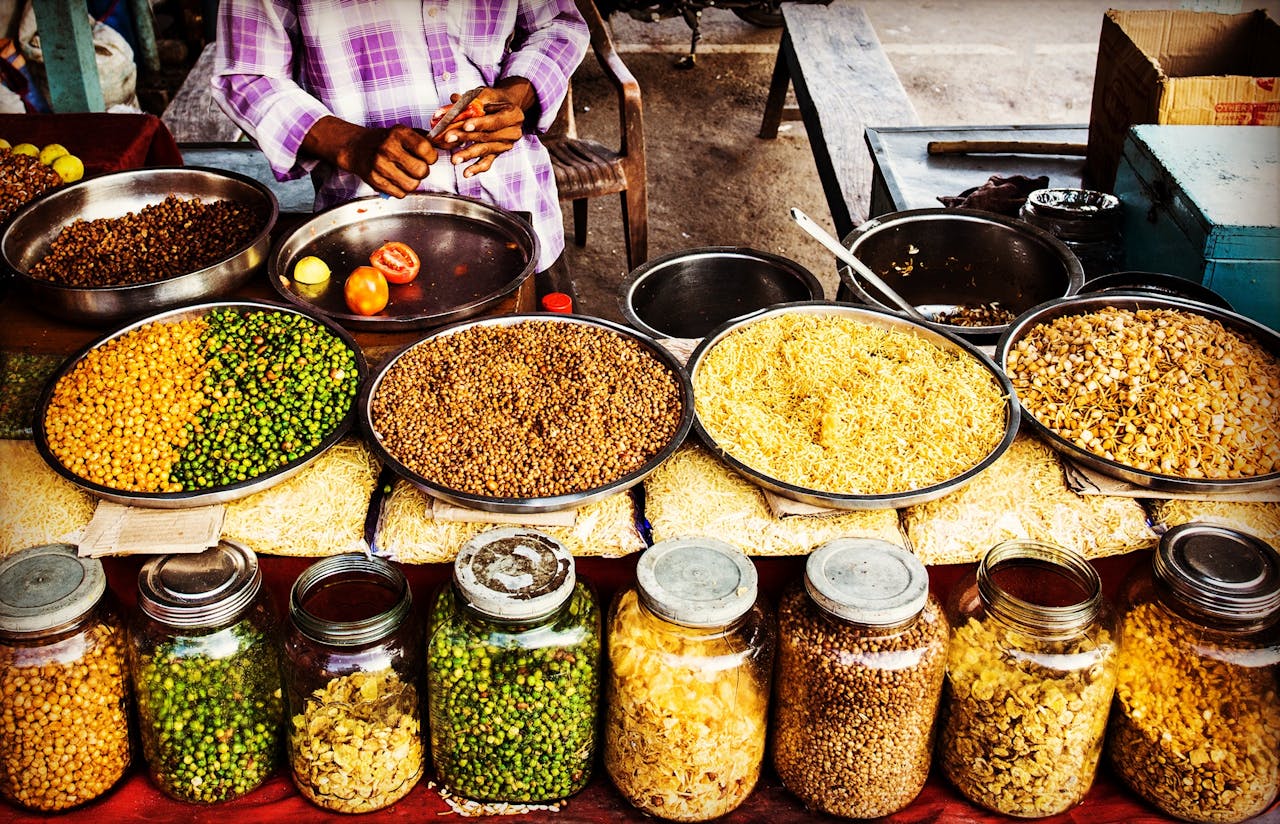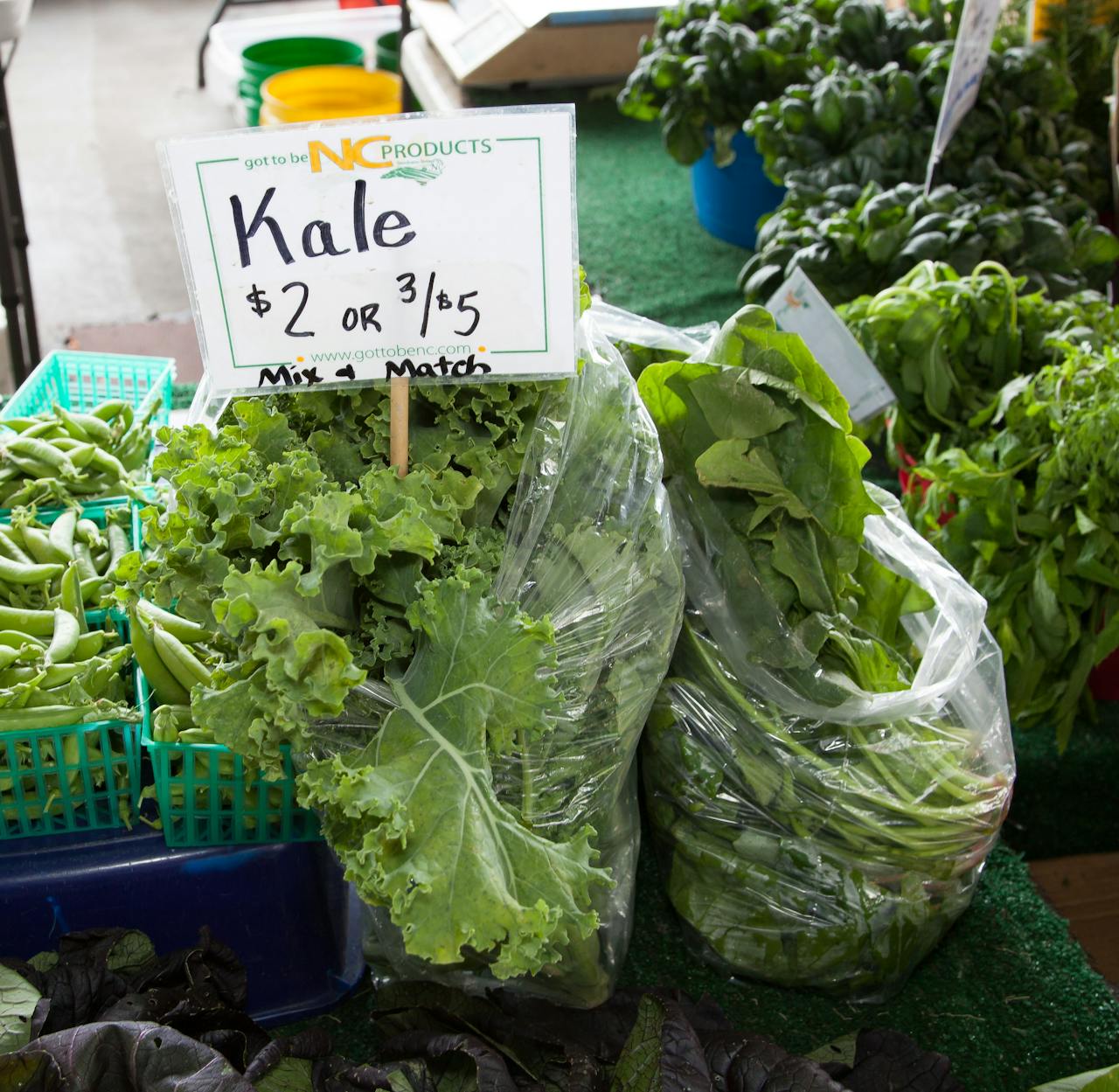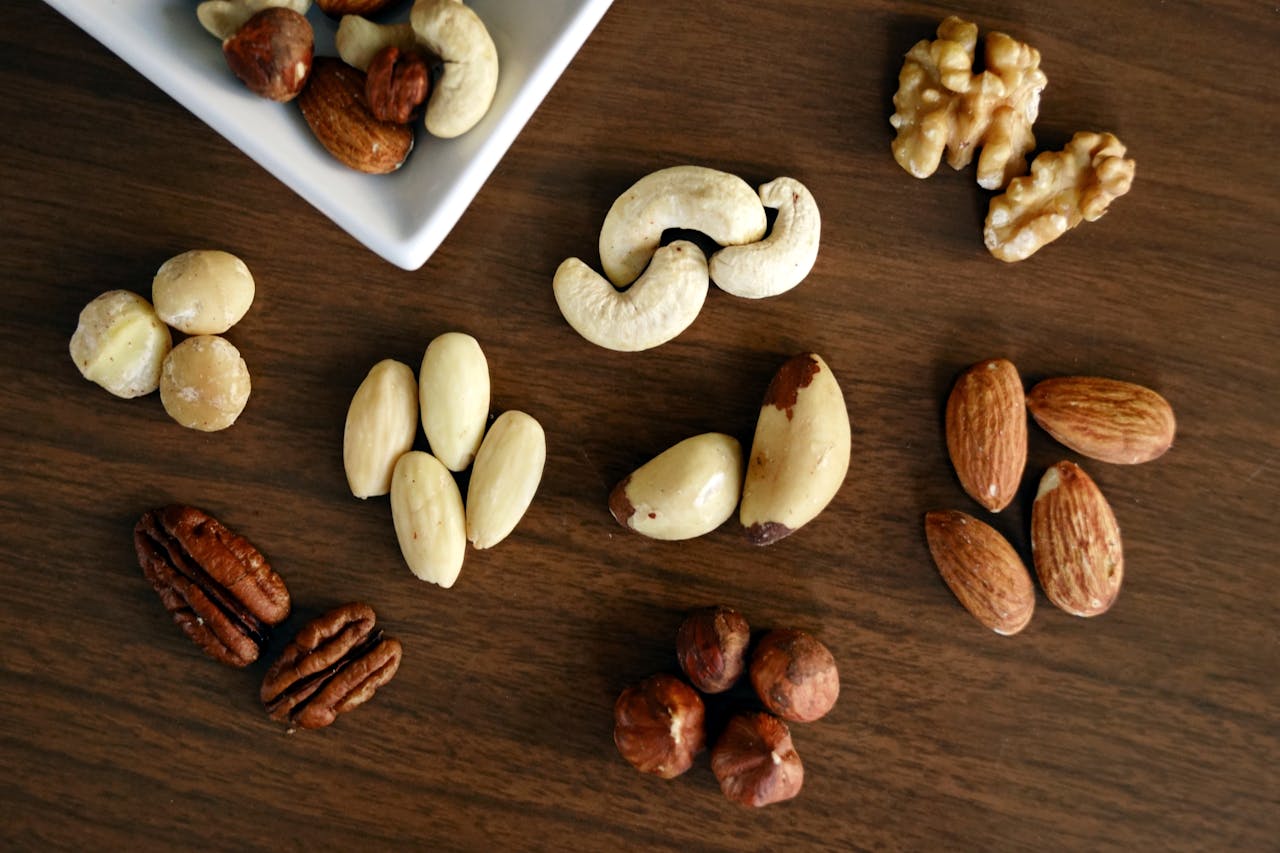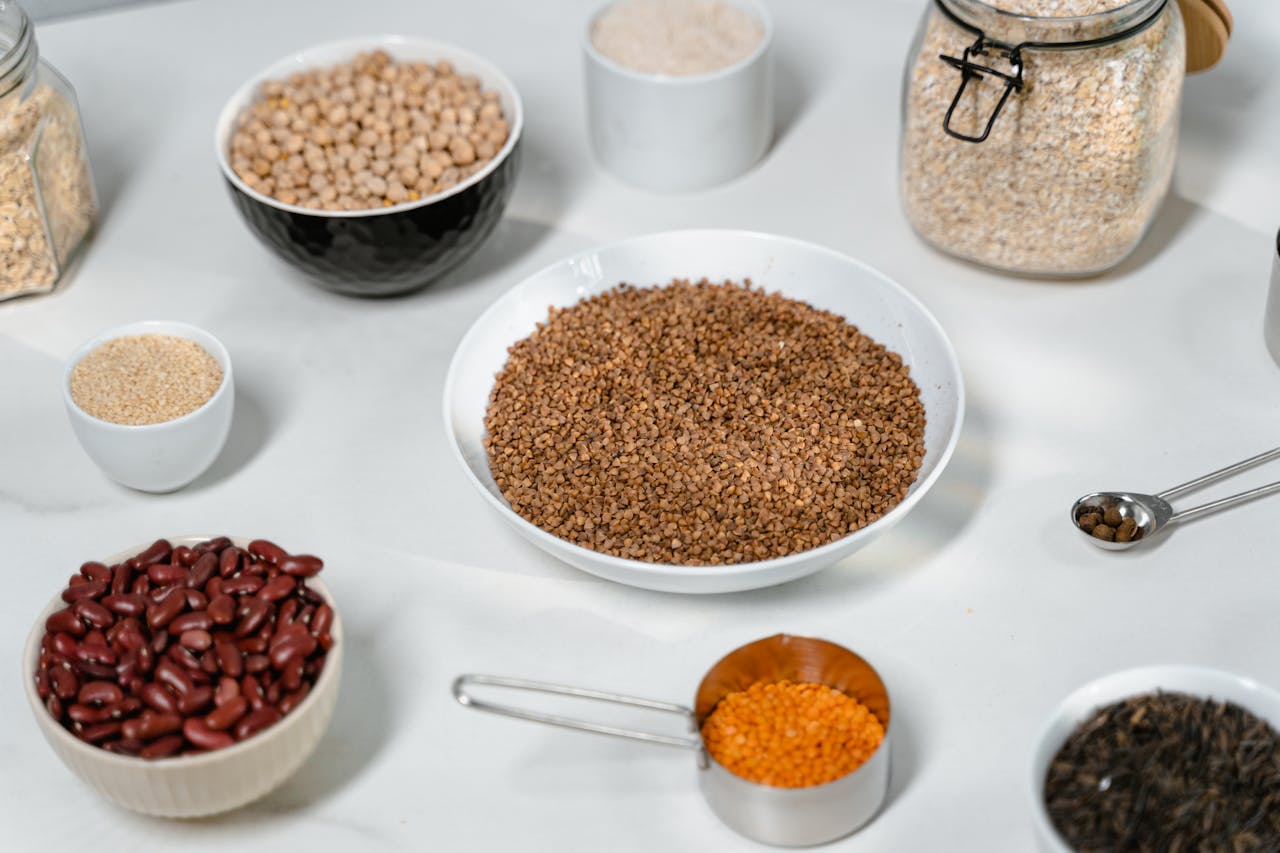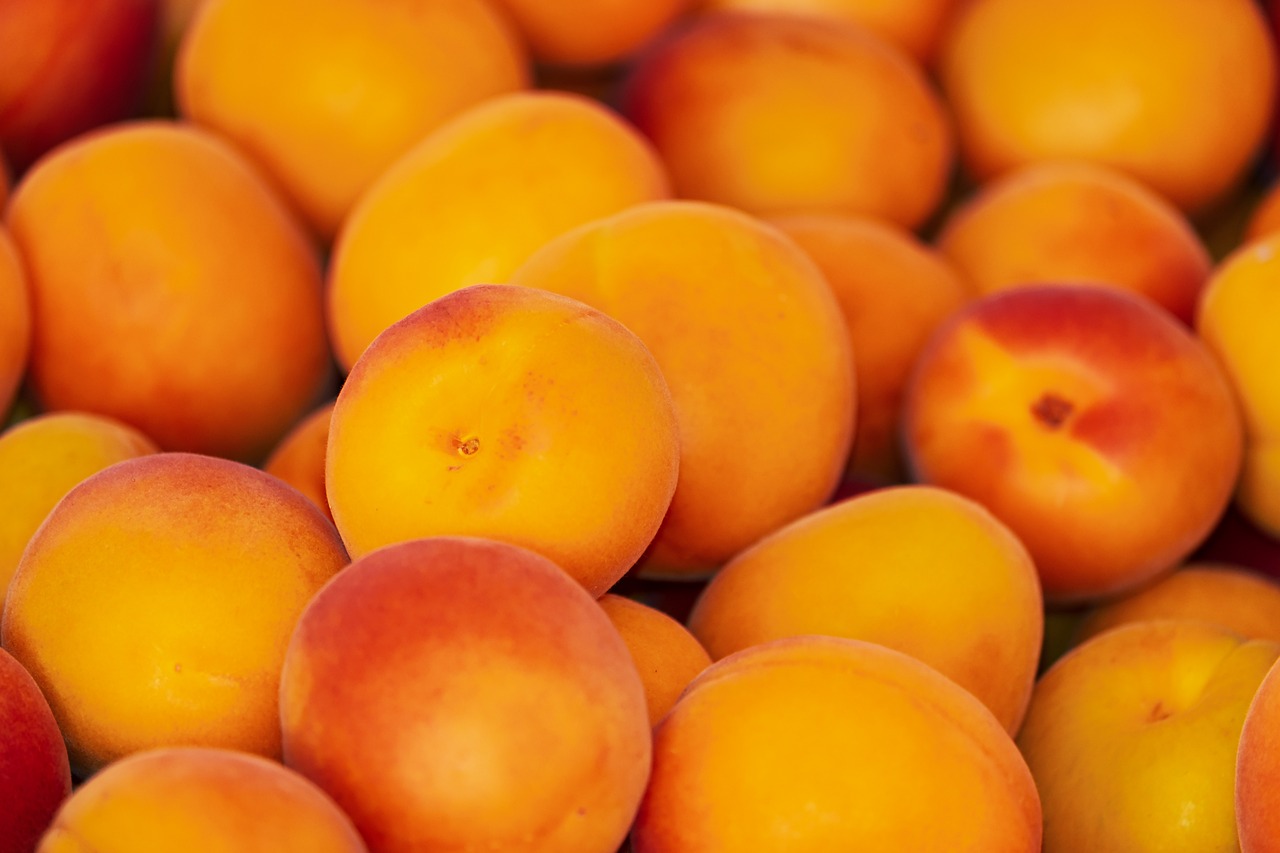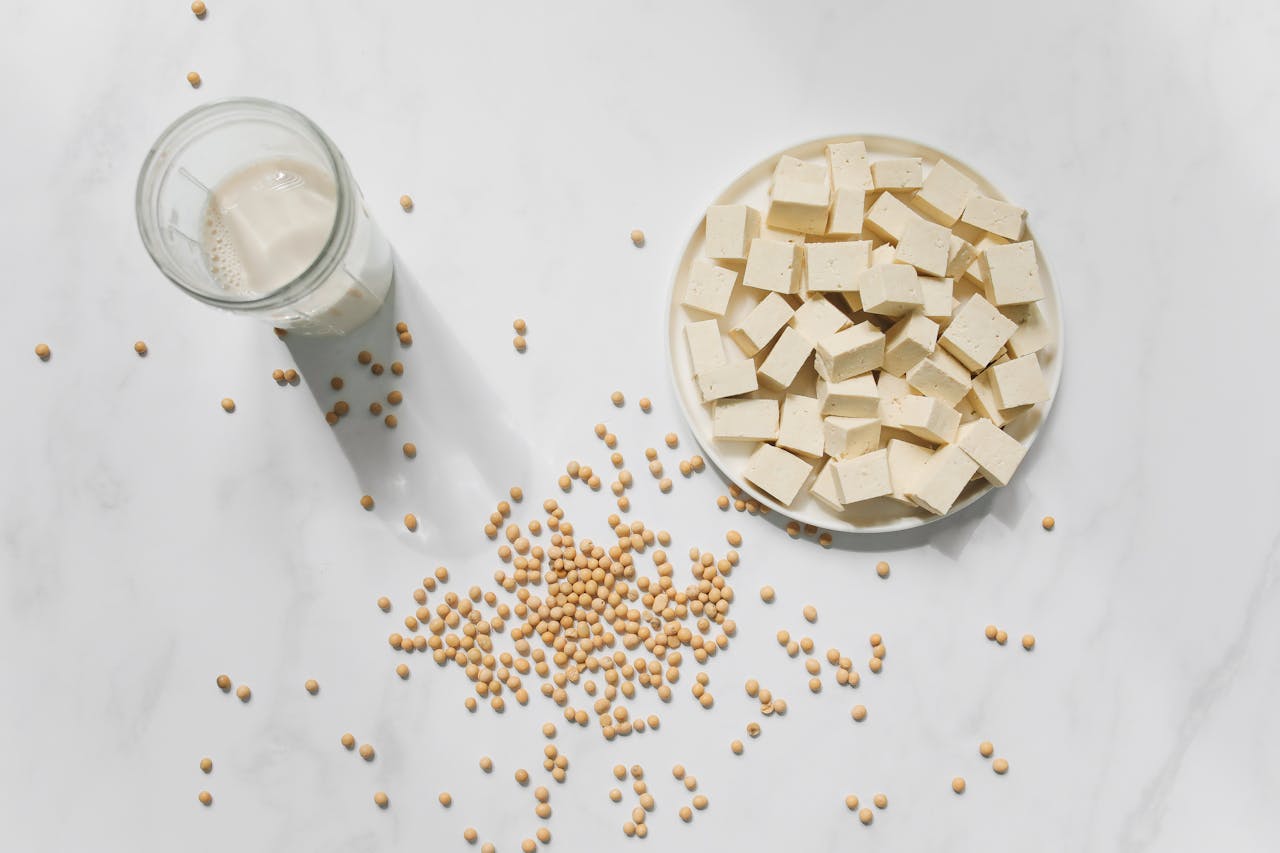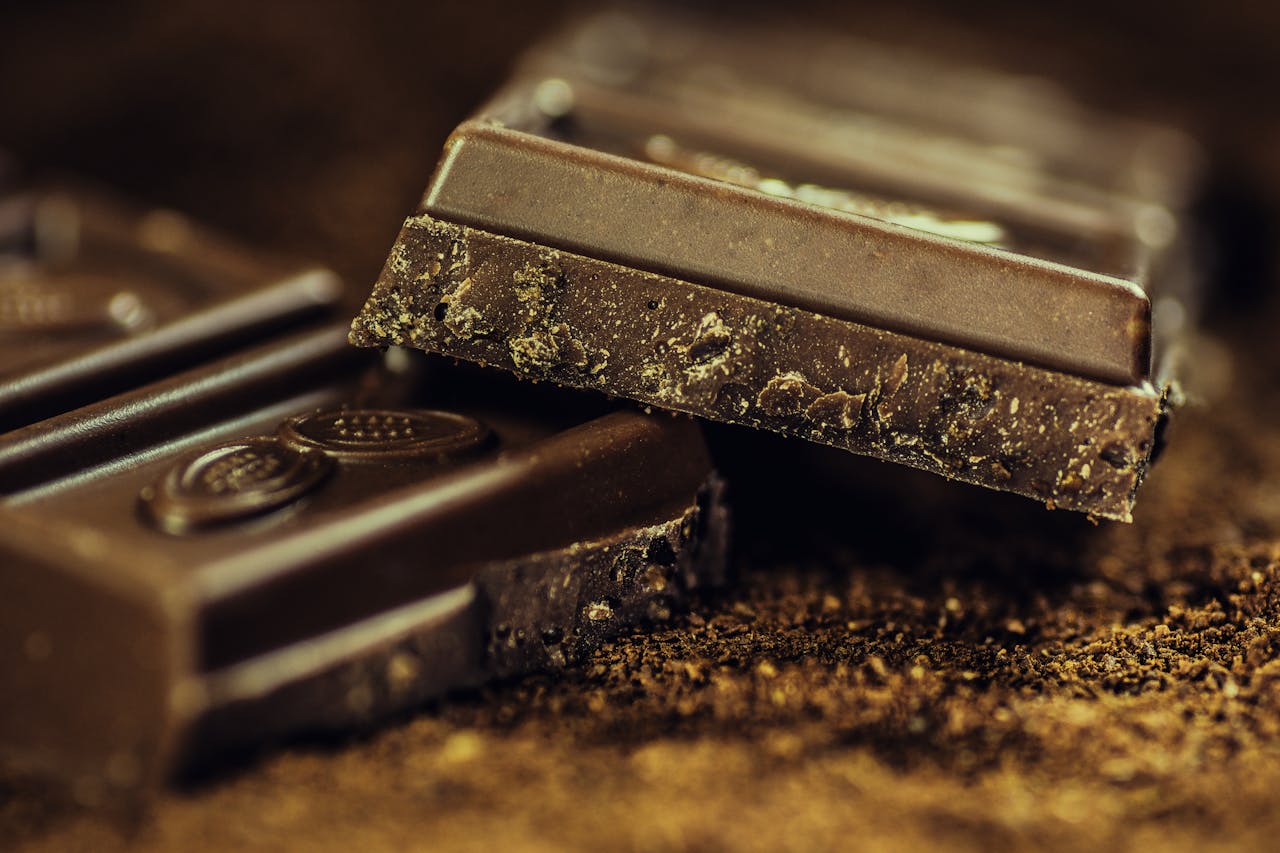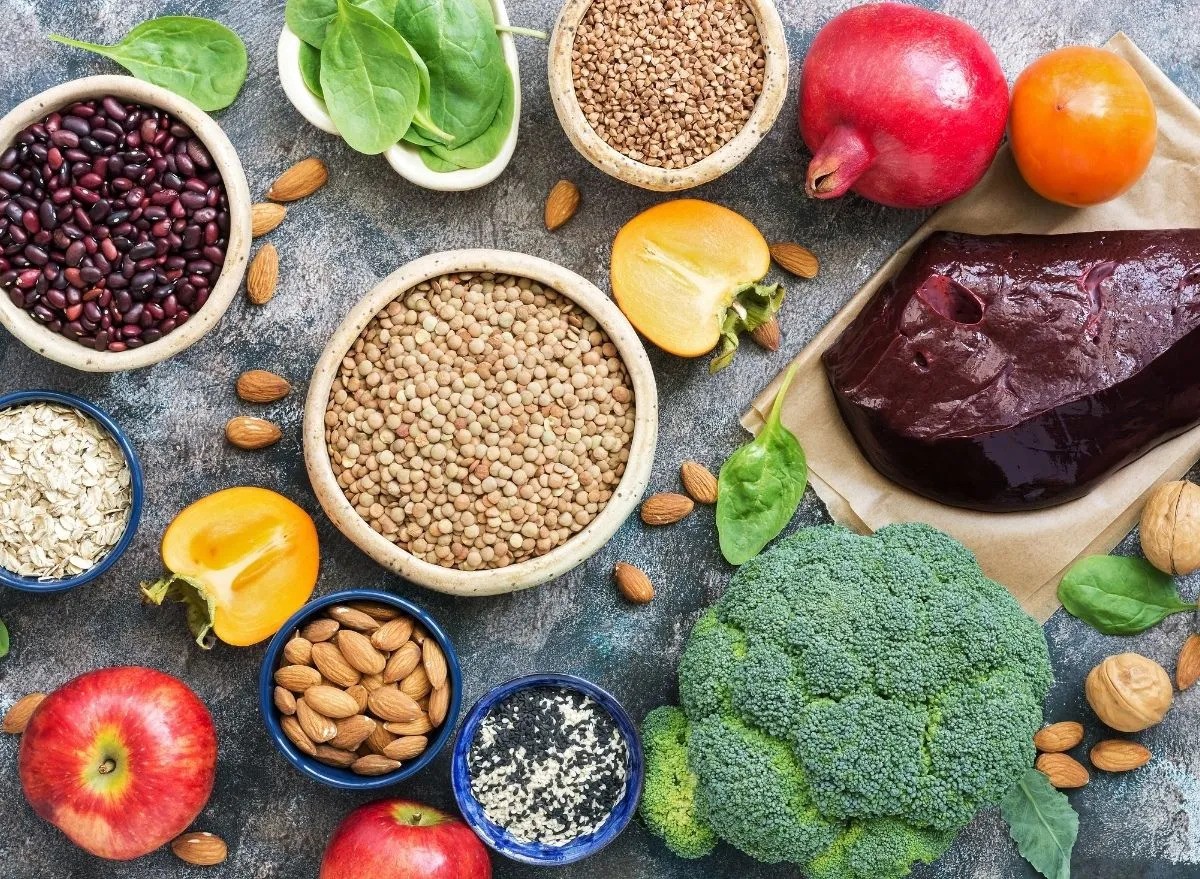
Iron is an essential nutrient required for many vital functions in the body, from transporting oxygen to energy production and immune support. Despite common misconceptions, a well-planned plant-based diet can meet all your iron needs effectively. By understanding which foods are rich in iron and how to enhance its absorption, you can ensure optimal health without relying on animal products.
Why Iron Is Crucial For Your Body
Iron plays a foundational role in supporting overall health. As a key component of hemoglobin, it enables red blood cells to transport oxygen to tissues and organs. It also contributes to energy production, brain function, and immune defense.
A deficiency in iron can result in symptoms such as fatigue, dizziness, difficulty concentrating, and pale skin. Severe deficiency can lead to anemia, a condition where the blood lacks sufficient healthy red blood cells to carry oxygen efficiently.
While people on plant-based diets rely on non-heme iron, which is less readily absorbed than heme iron from animal sources, research shows that proper dietary planningmakes it easy to meet iron requirements and prevent deficiency.
Types Of Iron In Food
Iron is available in two forms:
- Heme iron, found in animal products like meat and fish, is absorbed more efficiently.
- Non-heme iron, found in plant-based foods, has a slightly lower absorption rate but is still effective when combined with absorption-enhancing strategies.
Plant-based diets rely on non-heme iron, making it essential to focus on high-iron foods and methods to optimize absorption.
Top Plant-Based Sources Of Iron
Legumes And Beans
Legumes are among the richest plant-based sources of iron, offering significant nutritional value alongside protein and fiber. Lentils, for example, contain approximately 6.6 mg of iron per cooked cup, making them a powerhouse addition to any meal.
Other high-iron legumes include:
- Chickpeas:4.7 mg of iron per cooked cup.
- Soybeans:Nearly 10 mg per cup, one of the most iron-dense plant-based foods.
- Black beans:3.6 mg per cup.
Legumes are versatile and can be included in soups, stews, salads, or made into spreads like hummus. For better absorption, pair them with vitamin C-rich foods like tomatoes or bell peppers.
See Also: Best Foods For Daily Hydration To Keep You Refreshed
Leafy Greens
Leafy greens are another excellent source of plant-based iron. Cooked spinach, for instance, provides 6.4 mg of iron per cup. Other greens like Swiss chard and beet greens offer between 2.7 and 3.9 mg per cooked cup.
While spinach is nutrient-dense, it also contains oxalates, which can inhibit iron absorption. To maximize the benefits, pair greens with foods high in vitamin C, such as citrus fruits or strawberries. Leafy greens are best consumed cooked or blended into smoothies to make them easier to digest.
Seeds And Nuts
Seeds and nuts are compact, nutrient-dense options that can help you meet your iron needs while adding texture and flavor to meals.
Some of the most iron-rich options include:
- Pumpkin seeds:2.9 mg per quarter cup.
- Hemp seeds:4.9 mg per quarter cup.
- Sesame seeds:1.3 mg per tablespoon (or 5.3 mg per quarter cup if whole).
Nuts such as almonds and cashews also provide smaller but significant amounts of iron. These can be incorporated into meals by sprinkling them over salads, blending into smoothies, or enjoying as a snack.
Whole Grains
Whole grains are a staple in plant-based diets and contribute to iron intake while offering additional benefits such as fiber and protein. Quinoa, for instance, provides 2.8 mg of iron per cooked cup and is an excellent base for salads or grain bowls.
Other whole grains like amaranth and spelt are equally rich in iron. Amaranth offers 5.2 mg per cooked cup, while spelt provides 3.7 mg per 100 grams. Fortified cereals are another convenient option, with some brands offering up to 8 mg of iron per serving.
Fruits
Fruits are often overlooked as sources of iron, but certain varieties can make meaningful contributions to your daily intake. Dried apricots provide 2 mg of iron per half cup, while prune juice offers 2.9 mg per cup.
Mulberries and black olives are also great options, delivering over 2 mg of iron per serving. Including dried fruits in breakfast bowls, trail mixes, or baked goods is an easy and delicious way to boost your iron intake.
Soy-Based Foods
Soy products like tofu and tempeh are not only rich in protein but also excellent sources of iron. Half a cup of tofu contains approximately 3.4 mg of iron, while tempeh provides 2.4 mg.
These versatile foods can be used in stir-fries, salads, or as meat substitutes in a wide variety of dishes. Soy-based foods are especially beneficial because they often come with additional nutrients like calcium and phytonutrients.
Read Also: Best High-Fiber Foods For A Healthy Diet
Dark Chocolate
Dark chocolate is a delicious and unexpected source of iron. A 2-ounce serving of 70–85% cacao dark chocolate provides up to 7 mg of iron. It’s also rich in antioxidants, making it a nutritious treat when consumed in moderation.
Enhancing Iron Absorption
While non-heme iron from plants is less bioavailable than heme iron, there are simple ways to enhance absorption:
- Pair with Vitamin C: Vitamin C can increase non-heme iron absorption by up to five times. Foods like oranges, strawberries, bell peppers, and broccoli are excellent options to pair with iron-rich meals.
- Include Allium Vegetables: Cooking with garlic or onions can increase iron absorption significantly. Add these to soups, stews, or roasted vegetables for a flavorful and nutrient-rich boost.
- Reduce Phytates: Phytates, found in grains and legumes, can inhibit iron absorption. Soaking, sprouting, or fermenting these foods reduces their phytate content and improves bioavailability.
- Avoid Inhibitors: Certain compounds, such as tannins in tea and coffee or calcium in dairy and fortified plant milks, can interfere with iron absorption. Try to consume these at different times than iron-rich meals.
- Cook with Cast-Iron Pans: Cooking acidic foods like tomatoes in cast-iron cookware can naturally increase the iron content of your meals.
Meeting Your Iron Needs
The Recommended Dietary Allowance (RDA) for iron varies by age, gender, and life stage. Adult men typically require 8 mg per day, while women aged 19-50 need 18 mg due to menstruation. Pregnant women require even more, with a daily target of 27 mg.
For vegetarians and vegans, iron needs are estimated to be 1.8 times higher than those of omnivores due to the lower bioavailability of non-heme iron. Planning mealsto include a variety of iron-rich foods ensures these higher requirements are met.
Sample meal ideas include:
- Breakfast:Fortified oatmeal with raisins and a glass of orange juice.
- Lunch:Quinoa salad with chickpeas, kale, and roasted vegetables.
- Dinner:Tofu stir-fry with broccoli, bell peppers, and sesame seeds.
Common Myths About Plant-Based Iron
- Plant-Based Diets Lack Sufficient Iron:A variety of plant-based foods, from legumes to grains and seeds, can provide ample iron to meet daily requirements.
- Spinach Is The Only Plant-Based Source Of Iron:While spinach is a great option, legumes, whole grains, nuts, and seeds also offer significant amounts of iron.
- Vegans Are At Higher Risk Of Anemia:Research indicates that vegans are no more likely to experience anemia than omnivores, provided they follow a balanced diet, debunking several nutrition myths.
FAQs About Plant-Based Sources Of Iron
Which Plant Foods Have The Highest Iron Content?
Legumes like lentils and soybeans, whole grains such as quinoa and amaranth, and seeds like pumpkin and hemp are among the richest sources.
How Can I Enhance Iron Absorption On A Plant-based Diet?
Pair iron-rich foods with vitamin C, include garlic and onions in meals, and use preparation methods like soaking or fermenting grains and legumes.
Do Vegans Need Iron Supplements?
Supplements are only necessary if a deficiency is diagnosed. A varied plant-based diet can meet most people’s iron needs.
Is Non-heme Iron As Effective As Heme Iron?
While non-heme iron has slightly lower absorption, dietary strategies can make it equally effective.
Final Thoughts
A plant-based diet provides an abundance of iron-rich options, from legumes and grains to leafy greens, seeds, and even dark chocolate. By focusing on diverse food choices and employing absorption-enhancing techniques, you can easily meet your iron requirements while enjoying the benefits of plant-based eating. With careful planning, achieving optimal iron levels becomes a delicious and sustainable part of a healthy lifestyle.
You Might Like: How To Freeze Sauces Like A Pro And Save Time In The Kitchen
